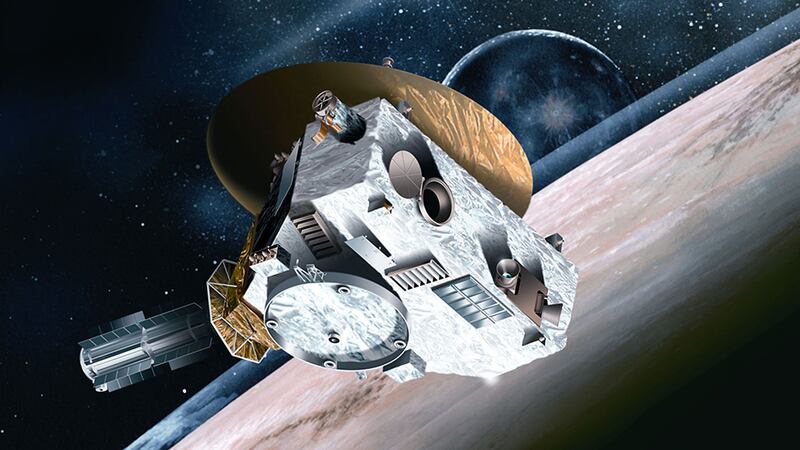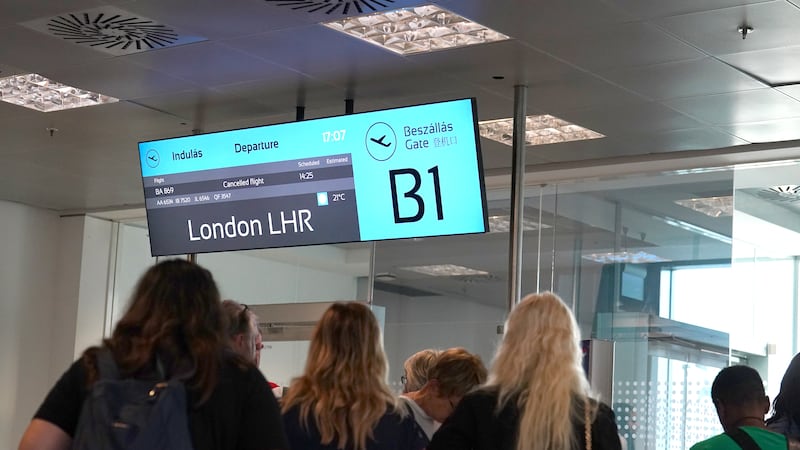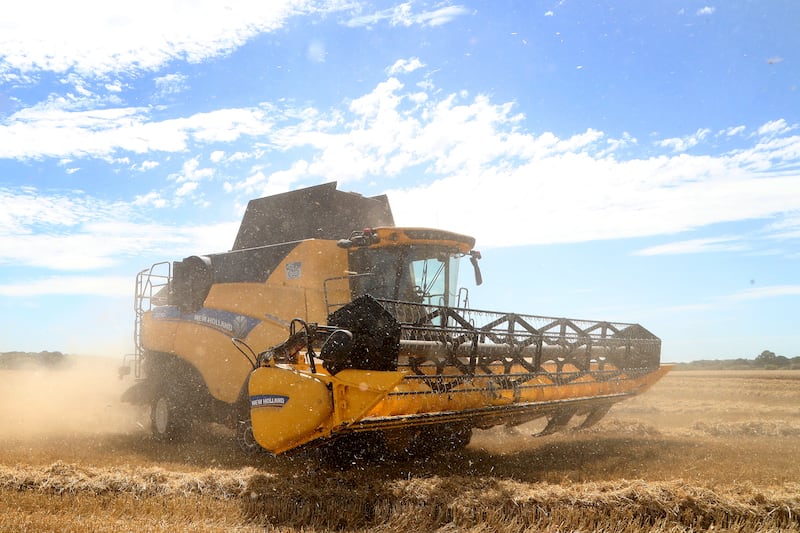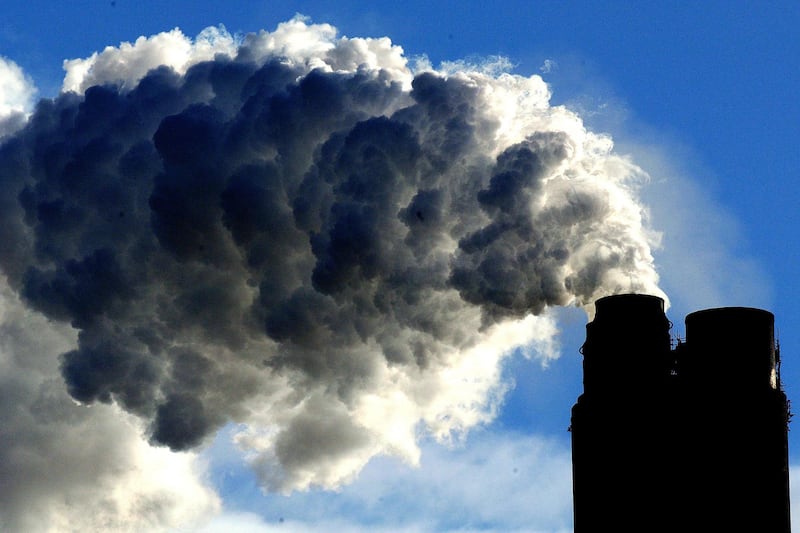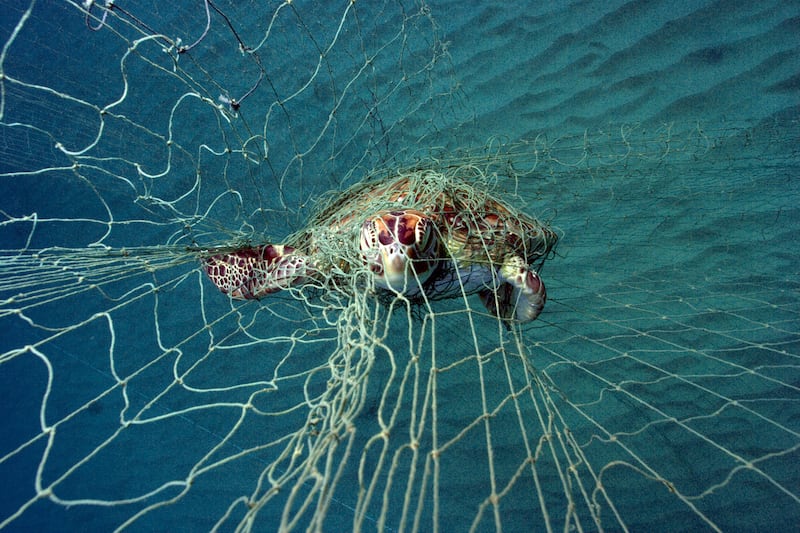The New Horizons spacecraft has finally flown by Ultima Thule, sending a snowman-shaped image back to Earth as well as crucial science data.
Nasa’s mission marks a significant moment in space exploration history, as the most distant exploration of a Solar System object, encountering Ultima four billion miles away from Earth.
But how did it manage such a feat?
In the early hours of New Year’s Day, @NASANewHorizons flew past #UltimaThule, an object located in a region of primordial objects 1 billion miles past Pluto. Join us live from @JHUAPL today at 2pm ET as we explore the latest science from the spacecraft: https://t.co/oJKHgKpQjH pic.twitter.com/6IMiS0XGNt
— NASA (@NASA) January 2, 2019
– When was it launched?
New Horizons was launched on January 19 2006, although it had originally been scheduled for January 11.
– Where is New Horizons now?
New Horizons is four billion miles away from Earth, in the Kuiper Belt, home to a number of dwarf planets and space rocks, including Ultima Thule, the probe’s flyby target.

– What fuels it?
New Horizon does not carry batteries to store power – instead it uses a radioisotope thermo-electric generator (RTG), which has been used on a number of previous missions.
Radioactive plutonium generates heat as it decays, which the generator can convert into electricity.
Most of the voyage has been spent in hibernation mode to preserve power, with only one onboard flight computer functioning to monitor system health. This sends a weekly beacon-status tone back to Earth, with data sent around once a month.
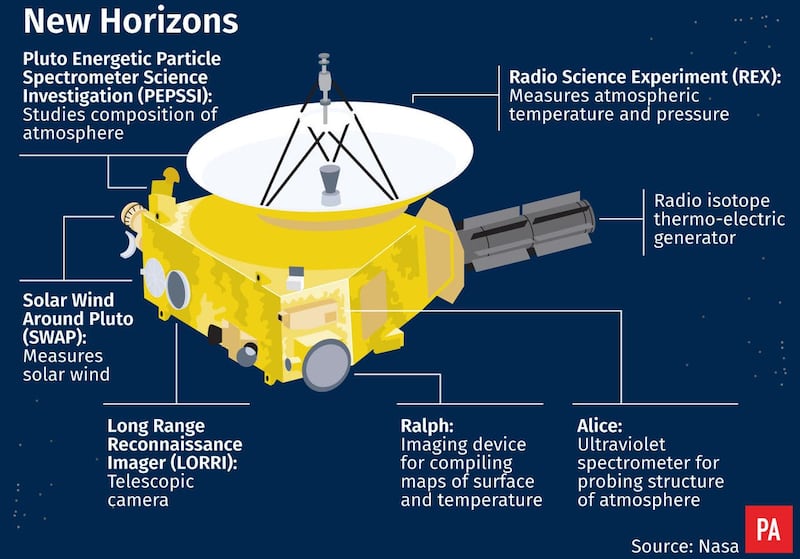
– How can it travel so far?
New Horizons was the fastest spacecraft ever launched in 2006, using a fast-moving Atlas V rocket to withstand the Earth’s gravitational pull.
The spacecraft was launched with 240 watts of fuel, which only decreases by about four watts per year.
Its flyby with Jupiter in 2007 also provided some gravity assist to increase its speed.
– How does it move in the right direction?
New Horizons features 16 thrusters which can be used for trajectory adjustments and attitude control.
How does New Horizons sends pictures from four billion miles away?
The spacecraft uses a Long Range Reconnaissance Imager (or Lorri) to capture images and other data.
A 2.1-metre antenna transmits compressed data back to Earth using low-frequency radio waves.
– What next?
Nasa says New Horizon has enough power and fuel to run into the mid-2030s.
Once the agency has received all the data from Ultima, the team behind the mission is proposing to explore the outer parts of the Kuiper Belt.
